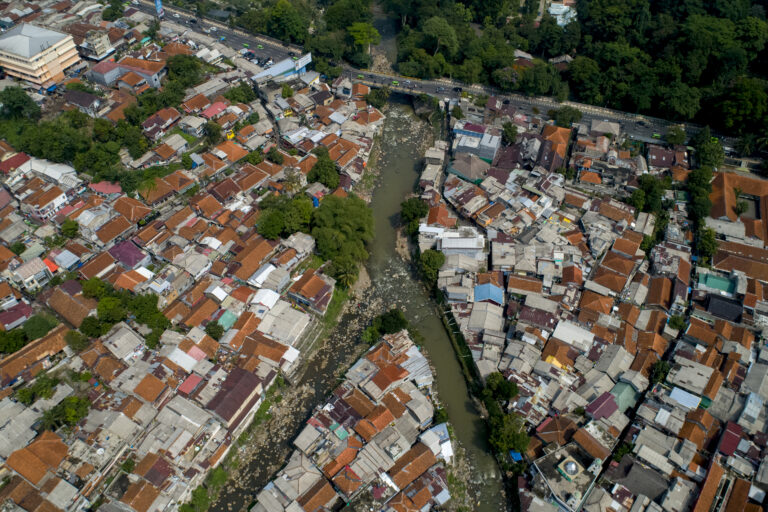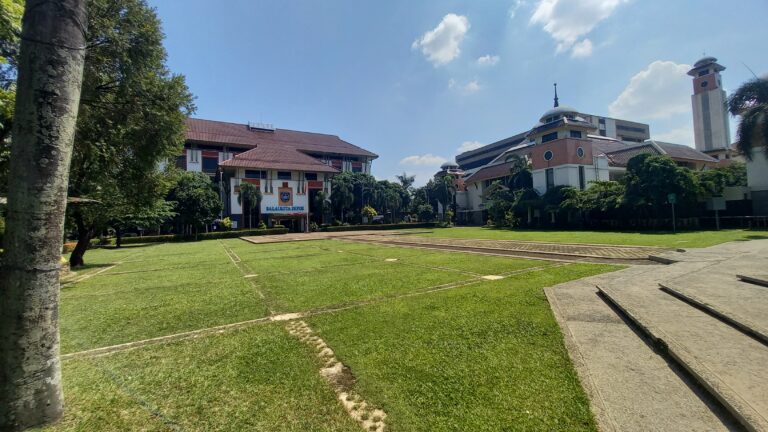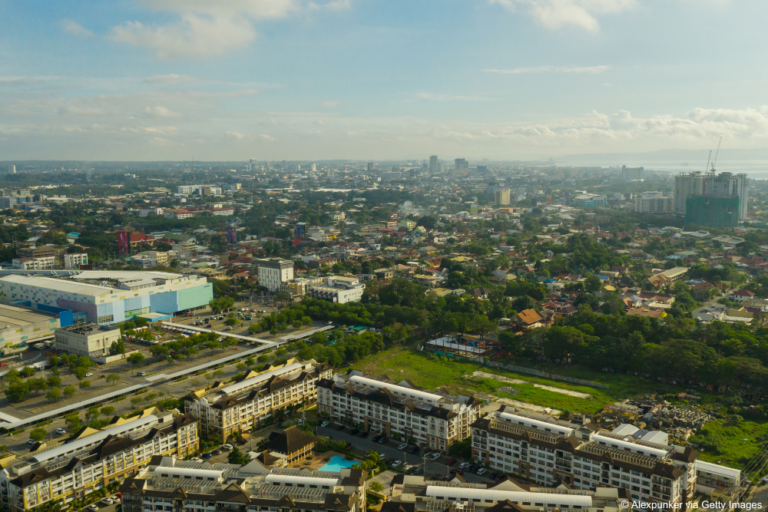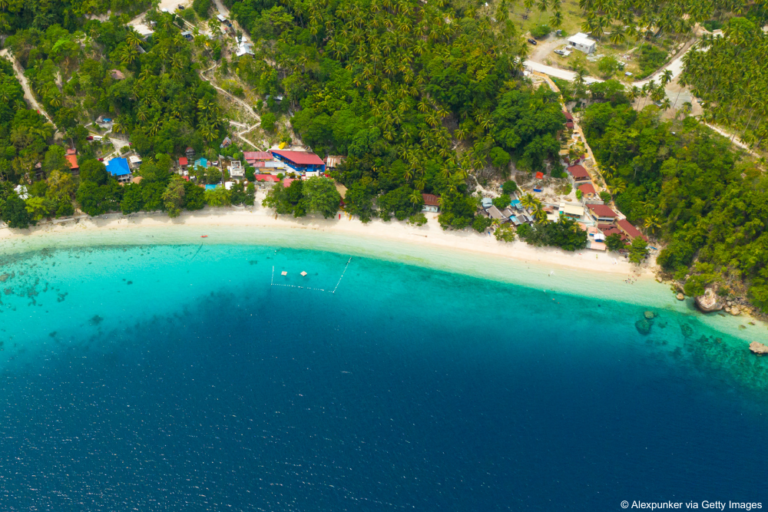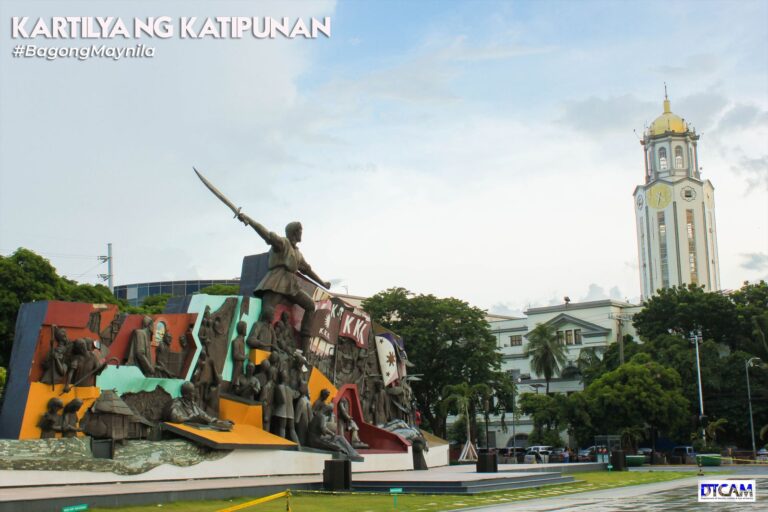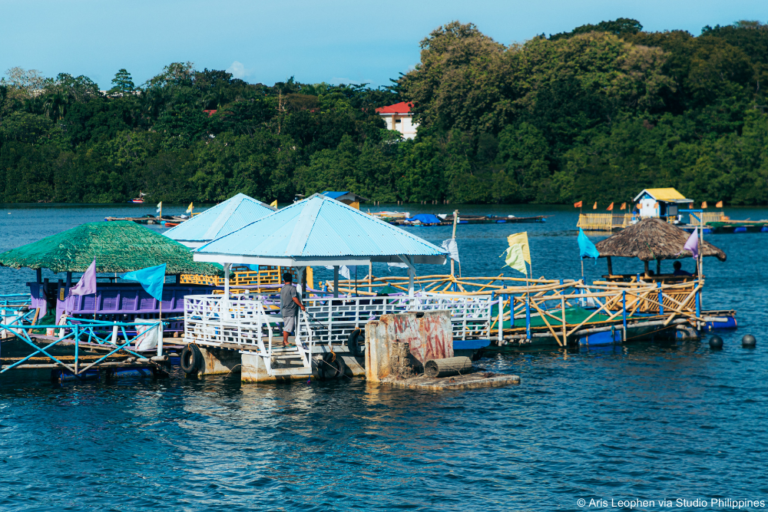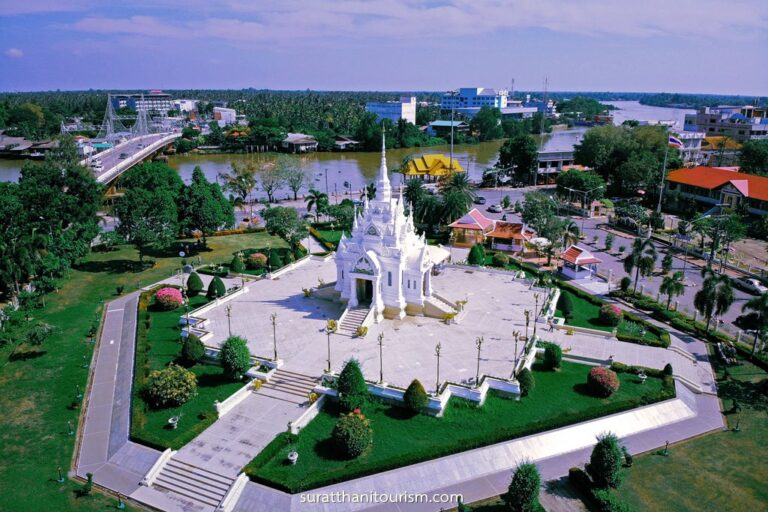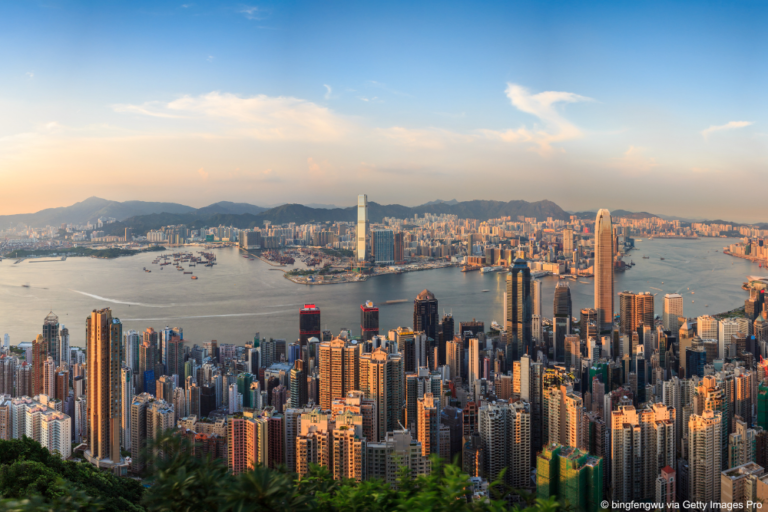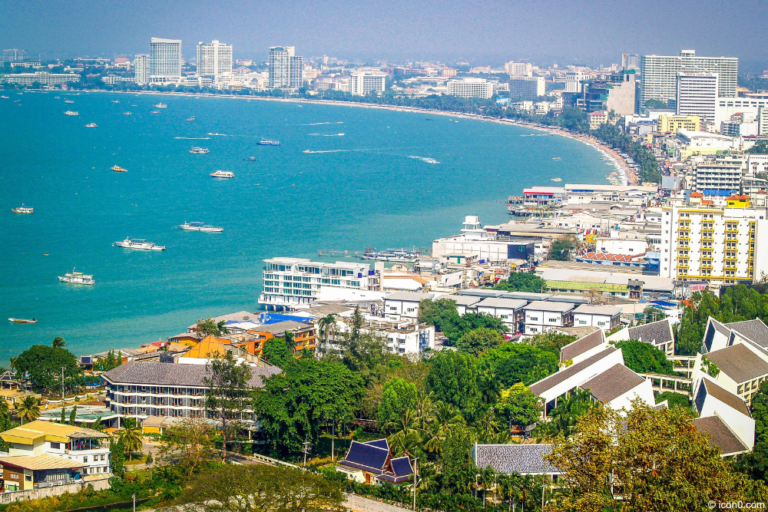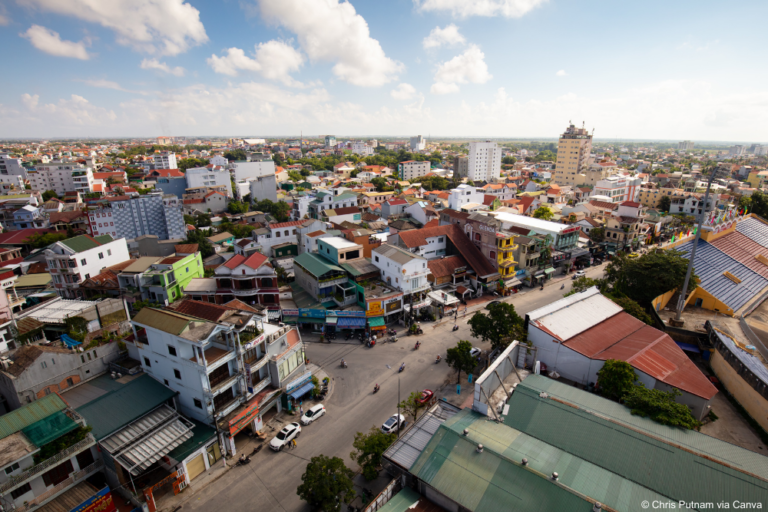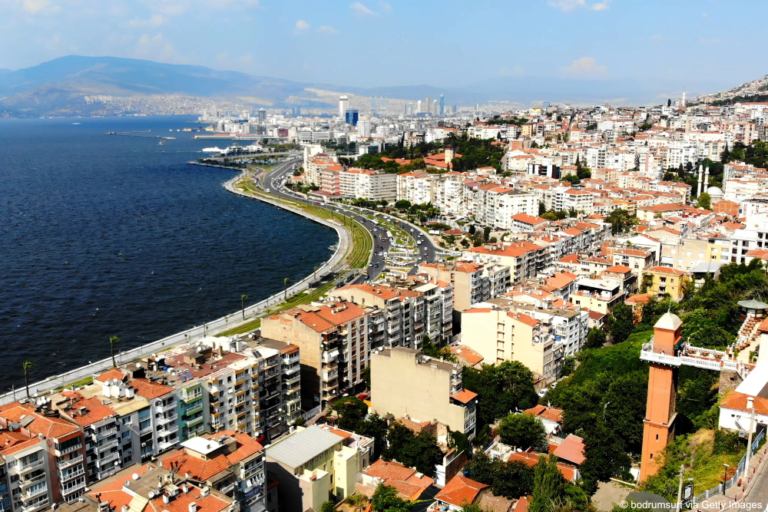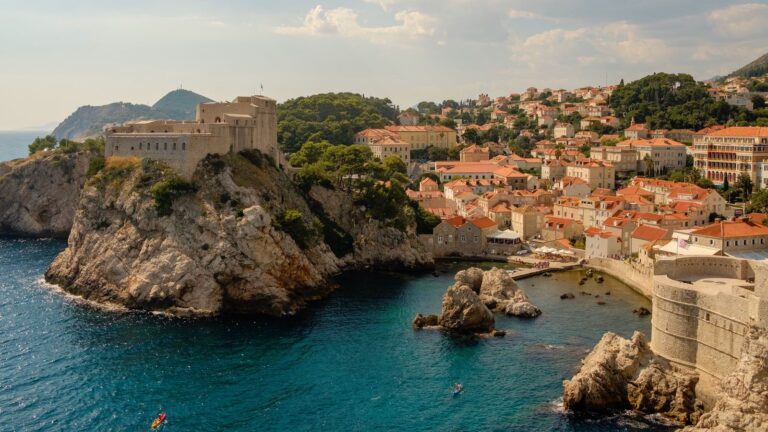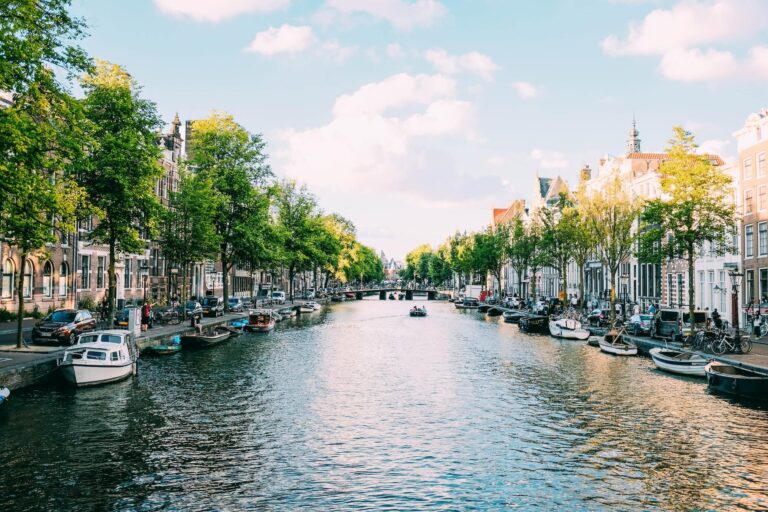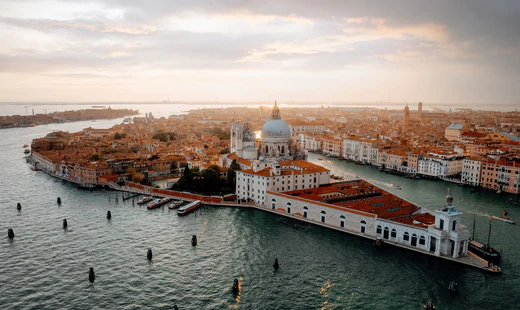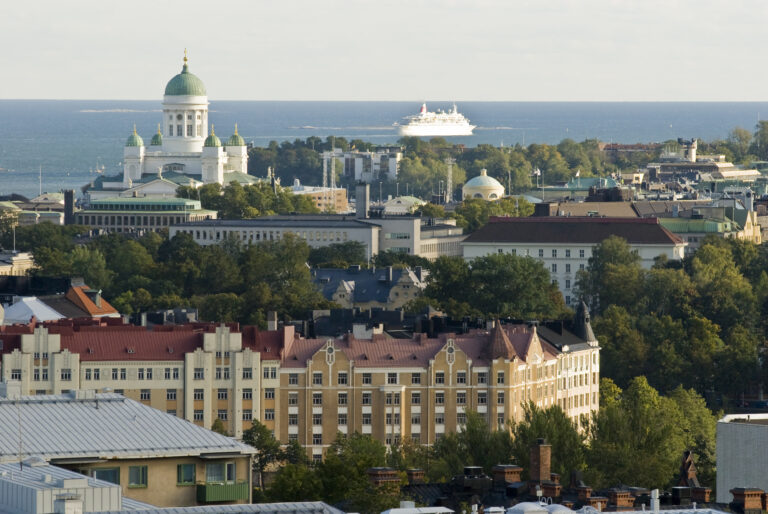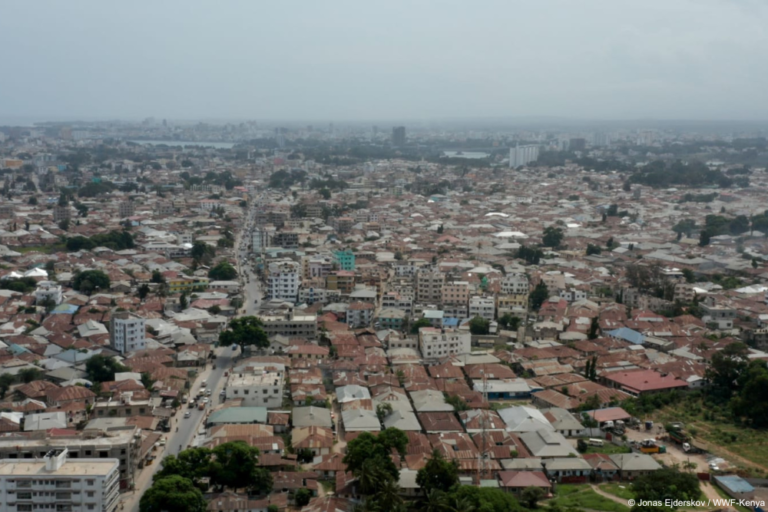The Helsinki region has been inhabited for thousands of years. Helsinki was founded with a view to establishing trade on the Baltic Sea, ideally in all possible directions, i.e. east, south, and west. Helsinki has a 130 km shoreline and 70% of city area is water. Helsinki is the first Plastic Smart Cities partner city in the Baltic Sea Region.
Population:
Helsinki: 664 000
Helsinki Region: 1 555 000
Geography:
Helsinki: 719 km²
Land area (including inland waters): 217 km²
Sea area: 502 km²
Shoreline: 131 km
Islands: 327
Conservation areas: 71 (1,350 hectares)
Nearly 34% of Helsinki’s land area consists of green space managed by the city.
Littering is a major problem in Helsinki, causing environmental and health damage, reducing the attractiveness and amenity of urban areas and negatively affecting the urban image. In Helsinki, the annual cost of cleaning public areas is more than €14 million. To address the problem of littering, Environmental Services of Helsinki’s Urban Environment Division launched a Litter Control Action Plan, which brings together the different operators and stakeholders of the City of Helsinki to jointly address the problem of littering. One of the top projects in the Action Plan is An efficient network, where the idea is to tackle littering through cooperation and collaboration. This was one of the driving factors in joining the Plastic Smart Cities initiative.
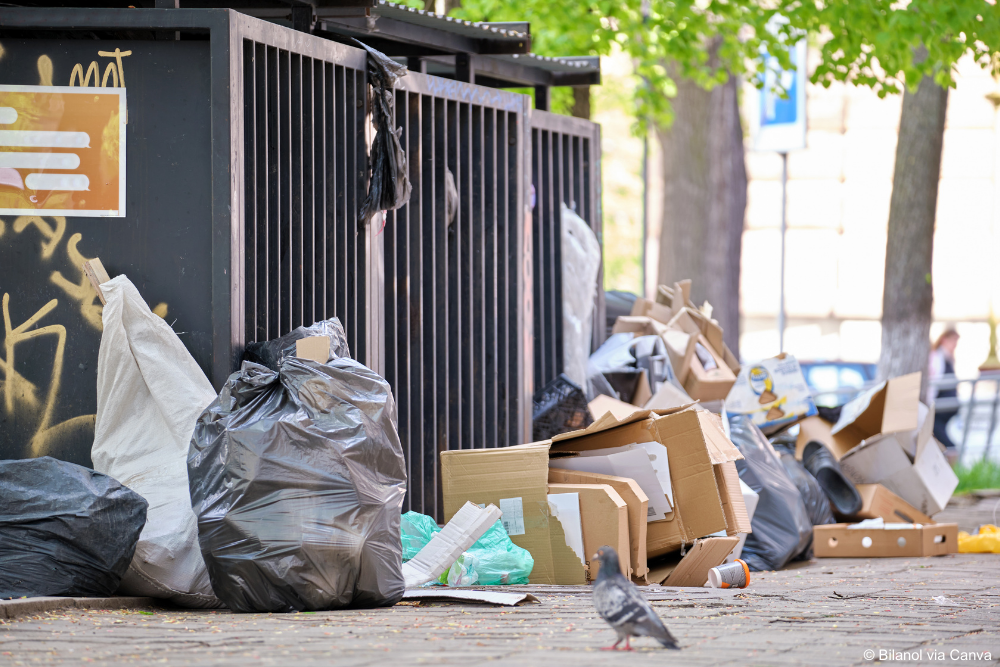
The Litter Control Action Plan consists of a programme of measures and a network bringing together those working on litter. The aim of the Litter Control Action Plan is to gather the best ideas for practical measures to reduce litter, tackle the growing problem of litter and the damage it causes to the environment and health, raise awareness and knowledge of the problem of litter, and guide efforts towards reducing litter.
Litter Control Action Plan will be updated to the year 2026 and the cities commitment to the Plastic Smart Cities initiative will be included in the new Action Plan.
A key idea in a circular economy is keeping products and materials in circulation for as long as possible by reusing products and recycling products at the end of their service life to be used in new products. By moving on to a circular economy, the city can conserve diminishing resources and prevent waste production. Circular economy is also an effective means of combating climate change: When reducing the use of virgin resources, it also reduces the emissions from the production of materials.
Key findings and figures from baseline waste analysis (e.g. plastic waste volumes, collection rates, recycling rates, etc.)
An Investigation of the sources and waste streams of single use plastics in the operations of the City of Helsinki was conducted as part of the BaltiPlast Interreg-project. Results indicated the hotspots for plastic waste generation, which helps to plan and target the upcoming actions. Single-use packaging plastic is the major source for plastic waste in most city sectors.
BaltiPlast Interreg-project is piloting SUP and packaging plastic reductions e.g, in households and businesses. PlastLIFE-project is promoting circular economy of plastics by targeting infrastructural operations.
Key activities and planned pilot interventions
A Roadmap for Plastics for City of Helsinki is in the making. Roadmap includes recommended actions on all operational sectors, which will be integrated to the city’s existing Action Plans and Strategies.
Implementing Helsinki’s and Turku’s joint Baltic Sea Action Plan 2024-2028. The Action Plan has two actions that tackle specifically littering. These include an awareness raising campaign and developing an environmental guide for events.
Implementing Helsinki’s Litter Control Action Plan 2022-2025 which includes 17 different actions. The measures are divided into five top projects and other measures. The top projects are larger, multi-annual projects that are a particular focus of the programme. The measures can be divided into three themes: communication, public spaces, and construction.
Key plastic reduction targets and goals
Conduct a baseline assessment of plastic waste flows in the city to identify current levels of mismanaged waste and priorities for intervention.
Develop a city action plan with clear targets and timelines that describe the city’s planned activities in response to the priorities identified in the baseline assessment, as well as allocate adequate resources to execute said activities.
Launch a pilot project to trial solutions to plastic pollution within a designated area, with a goal to reduce plastic pollution by 30% in the pilot area and to reduce plastic pollution throughout the city by 30% within five (5) years. Develop a monitoring and evaluation plan and report annually on progress towards the city action plan.
Explore More Cities
HELSINKI
To address the problem of littering, Environmental Services of Helsinki’s Urban Environment Division launched a Litter Control Action Plan, which brings together the different operators and stakeholders of the City of Helsinki to jointly address the problem of littering.
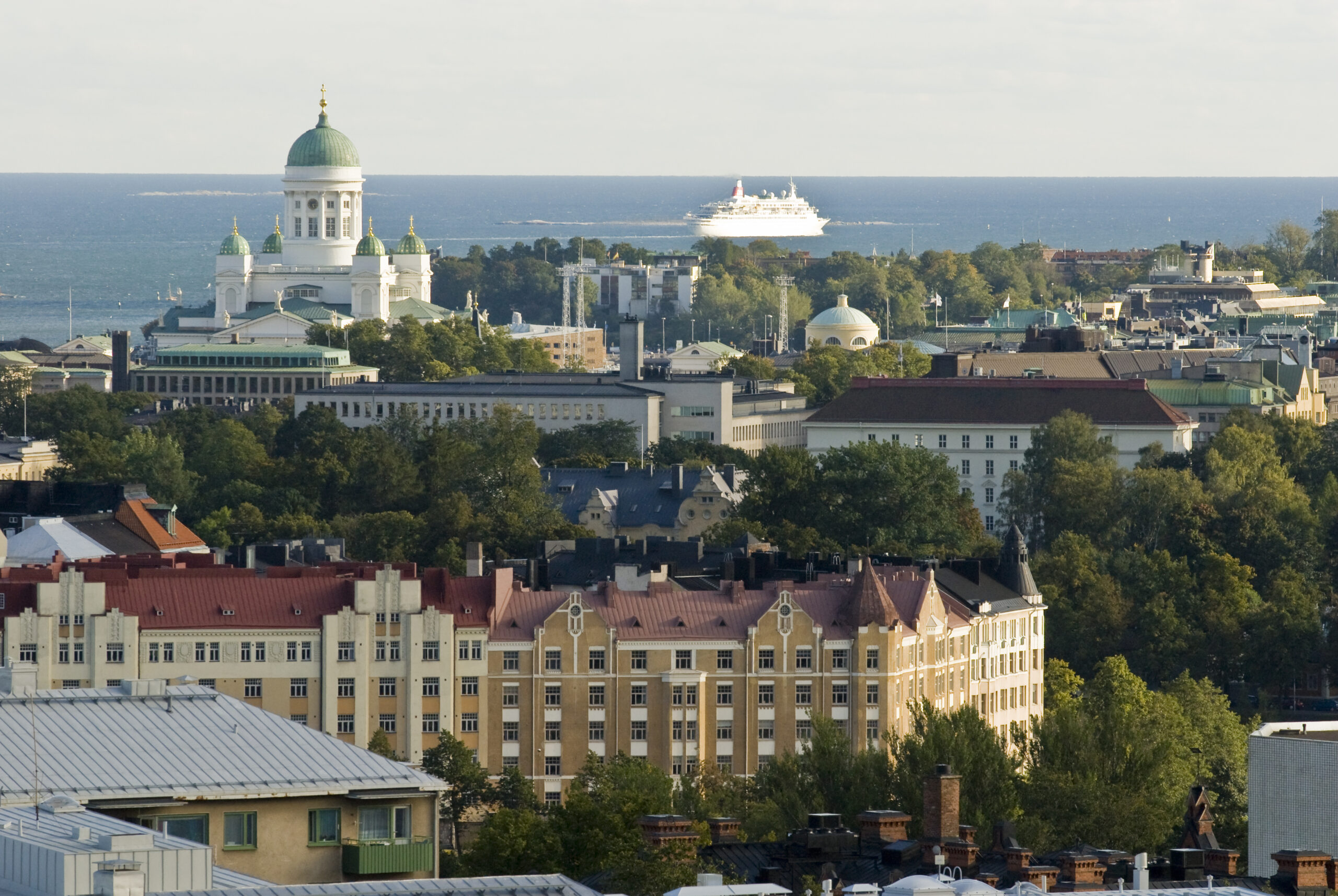
MUNICIPALITY : Helsinki
PROVINCE : Uusimaa
COUNTRY : Finland
POPULATION : 664 000
SIGNED DECLARATION : 13.3.2024
CITY CONTACT : Kati Kauppi, kati.kauppi@hel.fi
OFFICIAL WEBSITE : https://www.hel.fi/en
CONNECT : https://www.facebook.com/helsinginkaupunki/
The Helsinki region has been inhabited for thousands of years. Helsinki was founded with a view to establishing trade on the Baltic Sea, ideally in all possible directions, i.e. east, south, and west. Helsinki has a 130 km shoreline and 70% of city area is water. Helsinki is the first Plastic Smart Cities partner city in the Baltic Sea Region.
Population:
Helsinki 664 000
Helsinki Region 1 555 000
Geography:
Helsinki: 719 km²
Land area (including inland waters): 217 km²
Sea area: 502 km²
Shoreline: 131 km
Islands: 327
Nearly 34 per cent of Helsinki’s land area consists of green space managed by the city.
Conservation areas: 71 (1,350 hectares)
City’s main plastic challenges and how the city came to join the Plastic Smart Cities initiative
Littering is a major problem in Helsinki, causing environmental and health damage, reducing the attractiveness and amenity of urban areas and negatively affecting the urban image. In Helsinki, the annual cost of cleaning public areas is more than €14 million. To address the problem of littering, Environmental Services of Helsinki’s Urban Environment Division launched a Litter Control Action Plan, which brings together the different operators and stakeholders of the City of Helsinki to jointly address the problem of littering. One of the top projects in the Action Plan is An efficient network, where the idea is to tackle littering through cooperation and collaboration. This was one of the driving factors in joining the Plastic Smart Cities initiative.
Helsinki’s Litter Control Action Plan 2022-2025
The Litter Control Action Plan consists of a programme of measures and a network bringing together those working on litter. The aim of the Litter Control Action Plan is to gather the best ideas for practical measures to reduce litter, tackle the growing problem of litter and the damage it causes to the environment and health, raise awareness and knowledge of the problem of litter, and guide efforts towards reducing litter.
The City of Helsinki’s Action Plan for the Circular and Sharing Economy
A key idea in a circular economy is keeping products and materials in circulation for as long as possible by reusing products and recycling products at the end of their service life to be used in new products. By moving on to a circular economy, the city can conserve diminishing resources and prevent waste production. Circular economy is also an effective means of combating climate change: When reducing the use of virgin resources, it also reduces the emissions from the production of materials.
Key findings and figures from baseline waste analysis (e.g. plastic waste volumes, collection rates, recycling rates, etc.)
An Investigation of the sources and waste streams of single use plastics in the operations of the City of Helsinki was conducted as part of the BaltiPlast Interreg-project. Results indicated the hotspots for plastic waste generation, which helps to plan and target the upcoming actions. Single-use packaging plastic is the major source for plastic waste in most city sectors.
Key activities and planned pilot interventions
A Roadmap for Plastics for City of Helsinki is in the making. Roadmap includes recommended actions on all operational sectors, which will be integrated to the city’s existing Action Plans and Strategies.
Implementing Helsinki’s and Turku’s joint Baltic Sea Action Plan 2024-2028. The Action Plan has two actions that tackle specifically littering. These include an awareness raising campaign and developing an environmental guide for events.
Implementing Helsinki’s Litter Control Action Plan 2022-2025 which includes 17 different actions. The measures are divided into five top projects and other measures. The top projects are larger, multi-annual projects that are a particular focus of the programme. The measures can be divided into three themes: communication, public spaces, and construction.
Key plastic reduction targets and goals
Conduct a baseline assessment of plastic waste flows in the city to identify current levels of mismanaged waste and priorities for intervention.
Develop a city action plan with clear targets and timelines that describe the city’s planned activities in response to the priorities identified in the baseline assessment, as well as allocate adequate resources to execute said activities.
Launch a pilot project to trial solutions to plastic pollution within a designated area, with a goal to reduce plastic pollution by 30% in the pilot area and to reduce plastic pollution throughout the city by 30% within five (5) years. Develop a monitoring and evaluation plan and report annually on progress towards the city action plan.
BaltiPlast Interreg-project is piloting SUP and packaging plastic reductions e.g, in households and businesses. PlastLIFE-project is promoting circular economy of plastics by targeting infrastructural operations.
Litter Control Action Plan will be updated to the year 2026 and the cities commitment to the Plastic Smart Cities initiative will be included in the new Action Plan.
Explore other Plastic Smart Cities


Geocoding Error Occured.
Tried to Geocode:
Error Type:
Please be sure to follow the tutorial on how to setup the Google APIs required for the Advanced Google Map Widget.
Google Map API Key Tutorial
